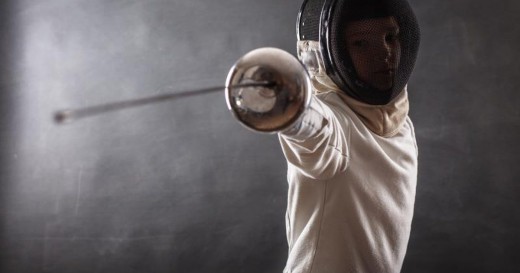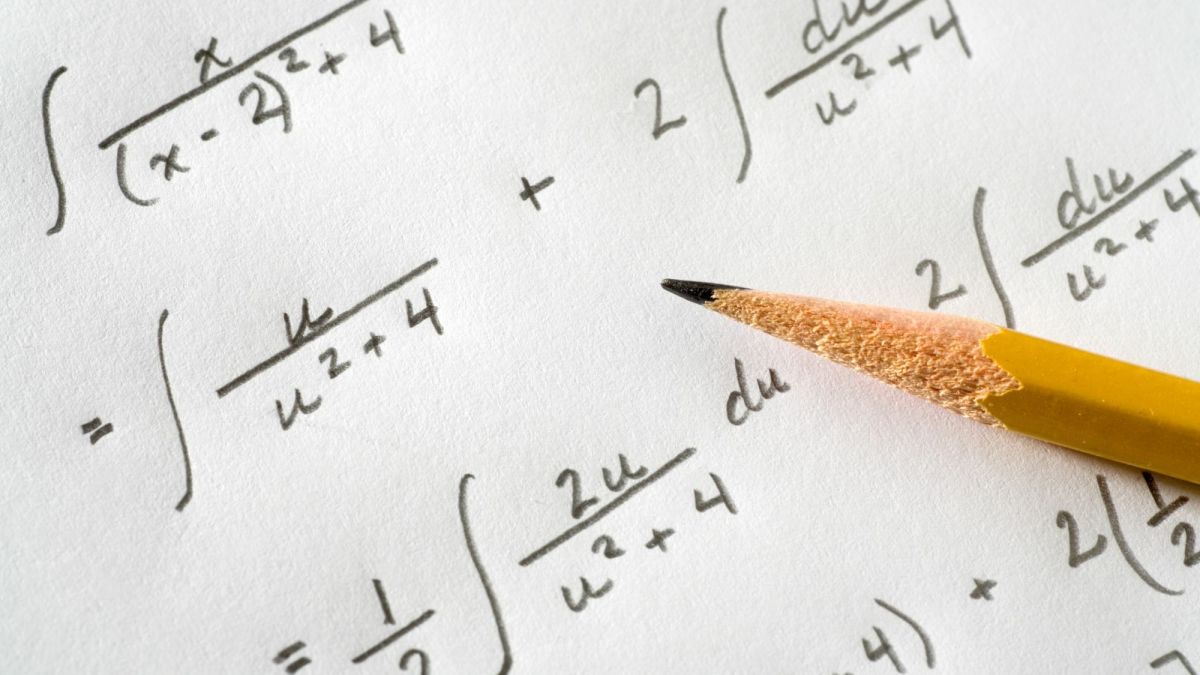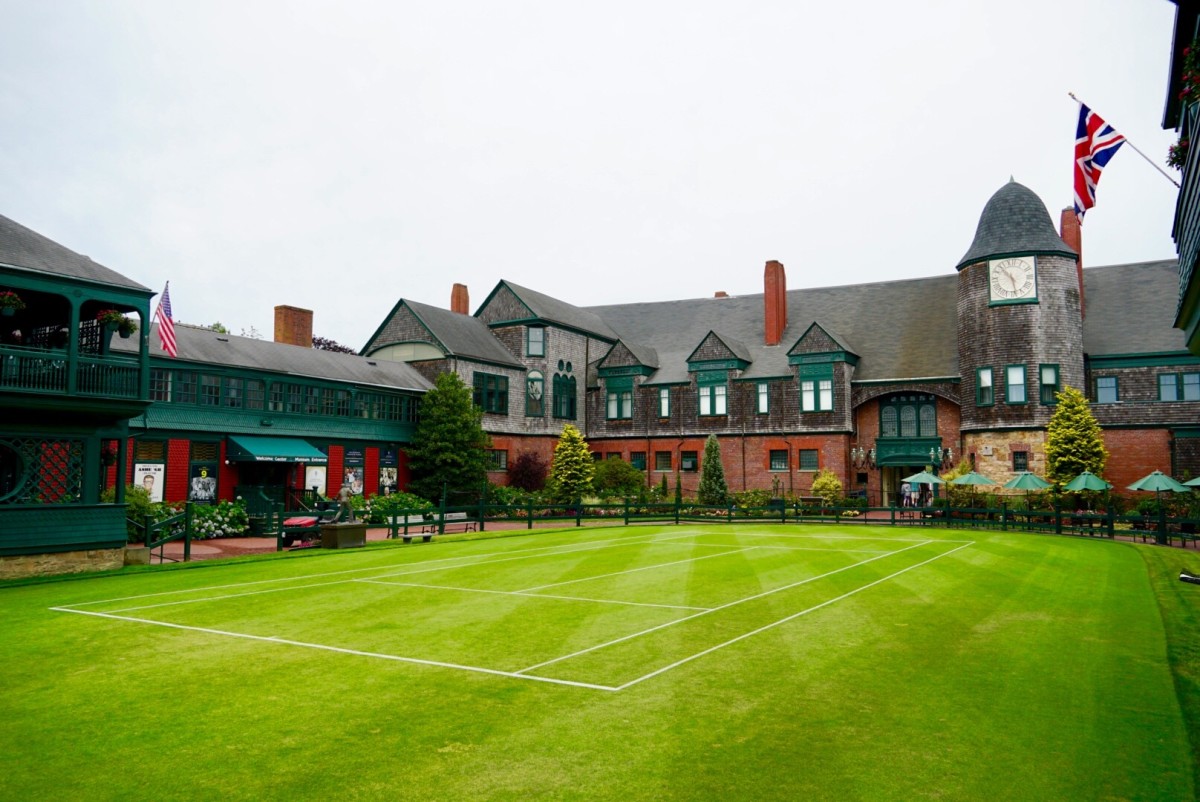Introduction to Fencing 107

Introduction
In epee fencing, point control is the key to winning. Being able to hit a moving target as small as a golf ball requires precise hand eye coordination.
- Sept. 2017
Point Control
Point control is something you can practice. Mostly for epee and foil, it is one of the top 3 things in fencing following distance and timing.
Fencing stance – better practice in front of a mirror. What you want to do is to hold your weapon in the middle of the body dead center. This will automatically pull your torso at an angle and therefore create a smaller profile or target for your opponent.
An alternative stance is called an open stance. In this case, your are holding the weapon more to the side, either left or right depending on your handedness. Your torso will be more open and facing your opponent. This is a more relaxed stance and may work better against some fencers.
Holding the weapon – whether you are using a pistol grip or a French grip, you want to hold the weapon loosely almost like holding a bird. Too tight, will kill the bird, too loose the weapon will fly away.
Point Control – refers to wielding your weapon in such a way that the point is closest to your opponent at all times. Even when you are parrying, use a small motion, such that you block the line of attack just sufficiently and yet keep the point of your blade close to your target as much as possible. This can best be practiced in front of a full-length mirror. Use your guard as the center, and flip your wrist to parry while keeping the point aiming forward.
Time and Distance – the physics of fencing is tied to time and distance. It will take a fixed amount of time for a point to travel a fixed distance. Therefore, if your point is closer to your target, it will take a shorter amount of time to reach the target. For example, if you do a parry riposte, the time it takes to hit your target is directly related to the distance travelled by the tip of your blade. If you make a wide parry, it will take a slightly longer time to hit compared to a tight parry.
Keeping the Line – One of the most important techniques of accuracy in fencing is keeping the line. What does it mean? Consider your weapon as an extension of your arm. Your line is the direction of your front foot aligned with your extended arm. When they are in line, as you move forward in an attack, your point will be straight like an arrow. You will more likely hit your intended target. In the case of a body hit, it is not so important since the target is large. However, if you are intending of hitting a toe or a wrist, the line is key. Practice by hitting a small target like a golf ball hanging on a string.
Remise – When an initial attack missed the target, and assume the defense was not able to score a direct riposte, a quick response by the attacker is to go for a remise. This is not a normal reaction since the natural tendency is to retreat and parry. You can practice the remise so that it becomes second nature. The remise action is performed by standing your ground and just pointing your blade at the nearest target and hit. It does not have to be accurate. You just have to beat your opponent who most likely is trying to do the same to you.
A good way to practice point control – If you stand in front of an open door with the door swung inward, you can use the door as a target to practice fine point control. The width of a door is only 1.5-2 inches. If you can hit that target consistently, you will have good point control. Practice 100 times everyday and you will see your point control improve.
Some Related Info
- How To Make A Simple Portable Fencing Target
Practice makes perfect. A simple target that can be used anywhere there is a door.
© 2017 Jack Lee







